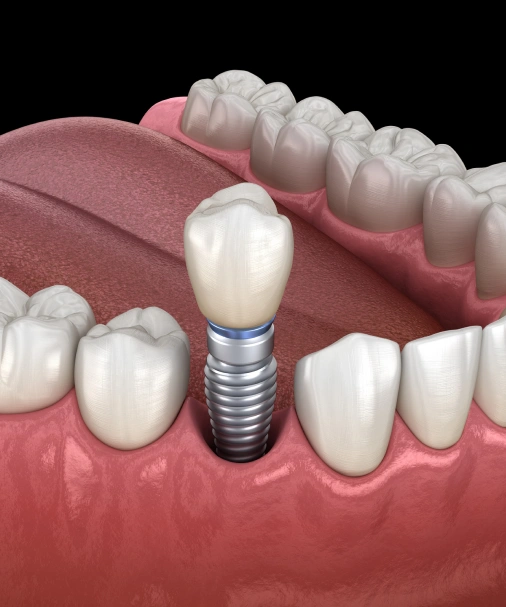
Dental Implants in Encino, CA
Missing teeth can impact your ability to eat, speak, and smile with confidence—but dental implants provide a durable, natural-looking solution that restores both function and appearance. At our dental office, we specialize in long-lasting implant treatments that look, feel, and perform just like real teeth.
For patients struggling with loose or uncomfortable dentures, implant-supported dentures offer a secure, stable fit—eliminating slipping, clicking, and irritation for a more comfortable, confident smile.
What Sets Dental Implants Apart
Dental implants are small, biocompatible posts—usually made from titanium—that act as artificial tooth roots. They are carefully placed into your jawbone, where they naturally fuse with the bone over time, creating a secure and lasting foundation for a crown, bridge, or denture.
The procedure starts with numbing the area to ensure your comfort. The implant is gently positioned beneath your gums, and over the next few months, your bone bonds with it through a process called osseointegration. Once healing is complete, a custom-made crown is attached to the implant, restoring your smile with a strong, natural-looking tooth that feels just like your own.
